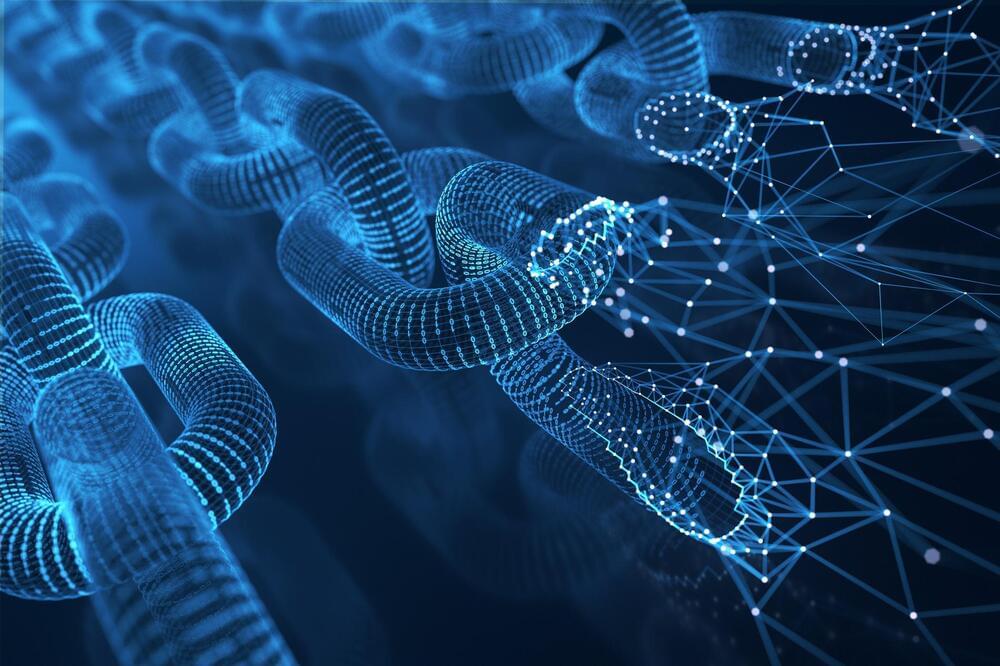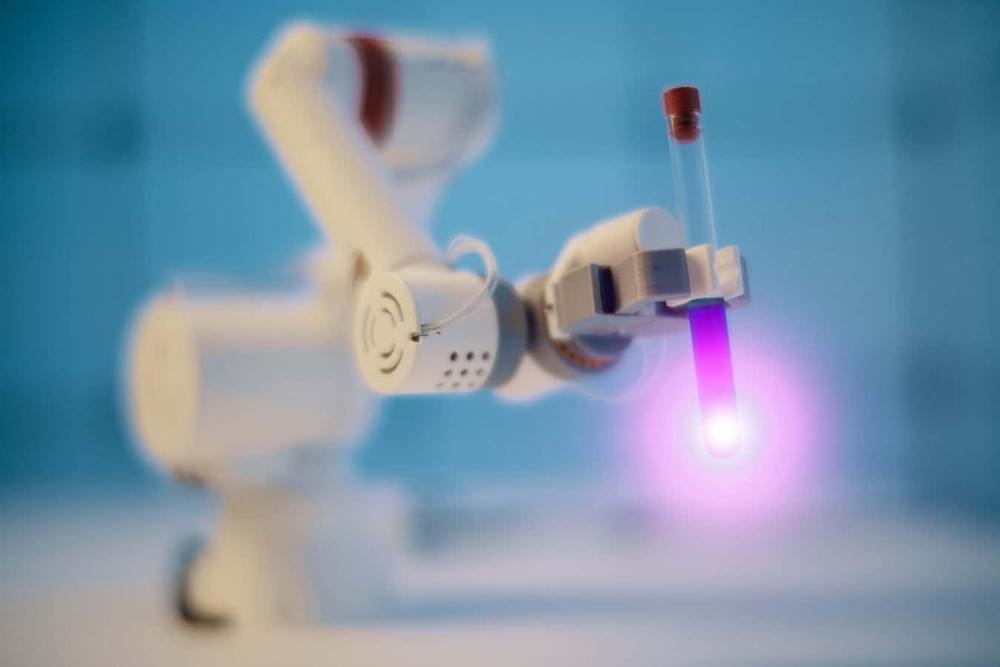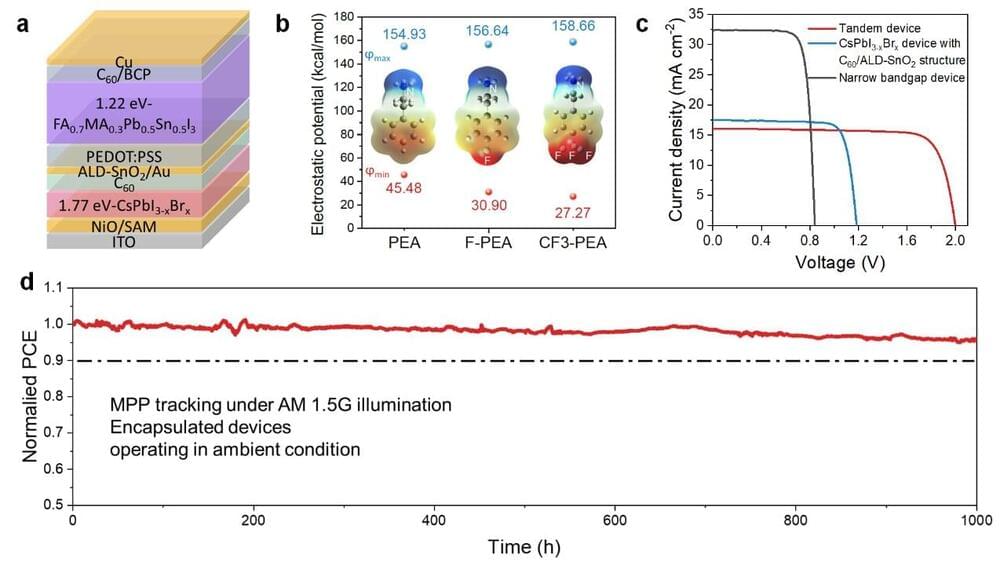The conservation of energy is one of the most fundamental laws governing our reality. But in the expanding Universe, that’s just not true.



Jan Häglund is the President and CEO of Enea, a specialist in software for telecommunications and cybersecurity.
As mobile networks are increasingly embedded in daily life, they have become a more attractive target for criminals and malicious state actors alike. A new spate of regulations globally suggests a unified response is required.
To consumers, 5G means ultra-fast connectivity and a smoother, better user experience. Few would be aware of how the interconnection and interworking between networks that enables this user experience is itself vulnerable to attack, with more devastating consequences than in the past, as we all increase our reliance on mobile communications.

Technophobia is an extreme fear of technology. People with technophobia may fear the power of artificial intelligence, robots or computers.
Technophobia is more than resistance to learning new technology. Rather, people with the condition may obsess over technology. Or, they may go to great lengths to avoid incorporating technology into their lives.
Technophobia is not a clinical diagnosis in the Diagnostic and Statistical Manual of Mental Disorders (DSM-5). Still, as technology has expanded rapidly in recent years, some clinicians treat technophobia like a specific phobia. Specific phobias are irrational fears of a particular situation, object, animal or interaction. The fear isn’t in proportion to the actual danger.

Scott Sellers is the co-founder and CEO of Azul, with 30 years of experience as an entrepreneur and executive in the technology industry.
For the first time in a decade, controlling cloud costs has surpassed security as the top cloud management challenge facing IT professionals, according to a survey by Flexera. An Andreessen Horowitz study also said that up to $1 trillion in market capitalization is weighed down by overspending in the cloud. Today, challenging economic conditions, rising costs, increasingly stringent performance SLAs and the need for more resources are squeezing organizations that want to remain in the cloud without overspending.
Many organizations still struggle to connect the dots between the value they deliver via the cloud and the costs required to deliver that value. Without a clear understanding of that basic relationship, it is difficult for teams to hold productive conversations about costs. Engineering departments don’t know what to prioritize; cloud architects lack a direction on designing, developing and managing solutions; product managers face difficulties pricing their solutions; and executives wonder where all the money is going.

Augmenting the artificial intelligence GPT-4 with extra chemistry knowledge made it much better at planning chemistry experiments, but it refused to make heroin or sarin gas.
By Alex Wilkins


All-perovskite tandem solar cells, stacks of p-n junctions formed from perovskites with different energy bandgaps, have the potential of achieving higher efficiencies than conventional single-junction solar cells. So far, however, most proposed all-perovskite tandem cells have not achieved the desired power conversion efficiencies (PCEs), often due to difficulties associated with creating suitable narrow-and wide-bandgap subcells.
Researchers at Nanjing University and University of Toronto recently developed new inorganic wide-bandgap perovskite subcells that could increase the PCEs and stability of these promising solar cells. Their design, introduced in a paper in Nature Energy, involves the insertion of a passivating dipole layer at the interface between organic transport layers and inorganic perovskites within the cells.
“Our research group has been focusing on improving the PCEs of all-perovskite tandem solar cells, which have broken the world record several times and have been included in the ‘solar cell efficiency tables,’” Hairen Tan, one of the researchers who carried out the study, told Tech Xplore.
See how you can extract quantitative data from your image using the AI pixel classifier.
More about Mica: https://fcld.ly/mica-yt-tut.
▬ Transcript ▬▬▬▬▬▬▬▬▬▬▬▬
Mica radically simplifies your workflows, but your workflow is not completed unless you have extracted quantitative information from that image.
Let me show you how easy it is to extract quantitative information with Mica.
First record your multicolor image.
In this case, we want to count the nuclei that we see in that image.
Go to Learn and load the image of interest.
Now you have two classes, the background and the nuclei that we want to quantify.
First of all, draw a background region.
Secondly, draw the object of interest.
Once you are done with that let Mica first create a preview of the annotation that you have created.
If you are happy with that, then do the full training.
Now you have trained an AI model that uses pixel classification in order to segment your nuclei.
Save that model and you can use that model also for all the experiments that you are doing in the future.
Simply go to Results, select the image to quantify, switch to Analysis and you will have access to all the different models that you have trained.
Select the one that you are interested in and Start.
As an output can display the data as histograms, boxplots or even scatterplots.
▬ Mica ▬▬▬▬▬▬▬▬▬▬▬▬
Mica, the world’s first wholly integrated imaging Microhub, brings widefield imaging, confocal imaging and with AI-supported analysis seamlessly together. All united in one sample-protecting incubator environment.
All researchers, regardless of expertise, can now work in one easy-to use digital imaging platform, moving confidently from setup to beautifully visualized results, allowing true access for all.
At last, users can capture 4 x more data with 100% correlation in only one exposure, whether using widefield or confocal imaging. They can freely switch from widefield to confocal mode with just a simple click without ever moving the sample and explore unexpected paths with no constraints.

Gravitational wave astronomy is still in its early stages. So far it has focused on the most energetic and distinct sources of gravitational waves, such as the cataclysmic mergers of black holes and neutron stars. But that will change as our gravitational telescopes improve, and it will allow astronomers to explore the Universe in ways previously impossible.
Although gravitational waves have many similarities to light waves, one distinct difference is that most objects are transparent to gravitational waves. Light can be absorbed, scattered, and blocked by matter, but gravitational waves mostly just pass through matter. They can be lensed by the mass of an object, but not fully blocked.
This means that gravitational waves could be used as a tool to peer inside astronomical bodies, similar to the way X-rays or MRIs allow us to see inside a human’s body.

Is mind reading possible? An age-old question with multiple unproven answers. Those who study psychology often claim that they can understand what the other person is saying as they study mental processes, brain functions, and behaviour, but even they can be 100 per cent accurate.
A study, published in the journal Nature Neuroscience, attempts to address it as scientists have said that they have come up with a way to decode a stream of words in the brain using MRI scans and artificial intelligence.
The study titled — “Semantic reconstruction of continuous language from non-invasive brain recordings” — noted that the system won’t replicate each word but it reconstructs the brief of what a person hears or imagines. The study was published in the journal Nature Neuroscience.